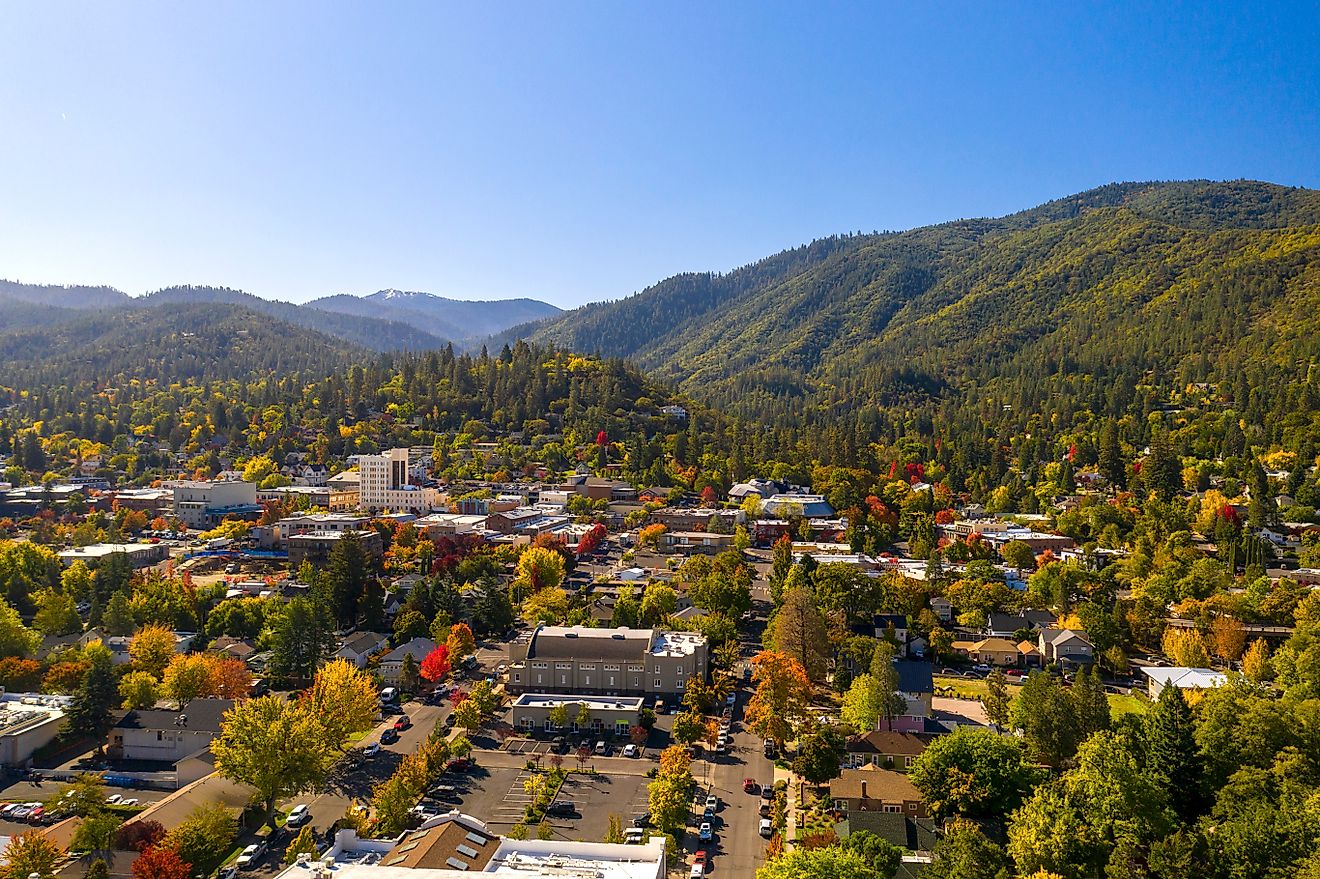
Makiivka, Ukraine
Makeevka or Makiivka is the satellite city of Donetsk, set 13 km to the southwest, in the Donetsk Oblast of Ukraine. It is a rather dispersed city spread over an extensive area, in which residential communities surround individual industrial plants. Although practically merged into a conurbation with Donetsk, Makiivka holds a prominent spot as the country's steel industry and coal mining center, leading in metallurgical and coal-mining with its machinery and coking plants.

Set on the Hruska River, Makiivka was founded as a metallurgical works center called Dmitriyevsk in 1899 that would later merge with the small village Makiyivka, first mentioned in writing in 1777, to form a city. As one of the Donets Basin coalfield's largest coal-mining and industrial centers, the city was renamed Makiyivka in 1931, when it also produced iron and steel, coke, pneumatic machinery, shoes, and processed food. Internationally recognized as part of Ukraine, it has been under the de facto administration of the Donetsk People's Republic since the take-over by the pro-Russian forces in 2014, while its population comprised just over 340,000 in 2021.
Brief History Of Makiivka

Founded in 1690 with the Cossacks of Yasinovka, Nizhnyaya Krynka, Zemlyanki, Makiivka, and Tsheglovo re-settling in the area, the rural district slowly began to take shape. By 1787, Cossack Makiy officially marked the territory of the settlement that was functioning as a center of a newly-created district. Upon the discovery of rich territorial coal reserves at the end of the 19th century, the Makeevsky mining district, along with its administrative, industrial, trade, and cultural center subsidiaries known as the metallurgical settlement of Dmitriyevsk, was established by 1899. Gradually absorbing the small nearby village of Makiivka, they combined in 1907, forming the first mining rescue station in the Russian Empire, and the prospects of the riches from coal mining promoting the development of railway transportation, metallurgic, as well as pipe and coke chemical industries.
Functioning as a town and the center of the Makeevsky district until 1919, Dmitriyevsk district was included in Donetsk gubernia (township) and renamed Makiivka in 1931. Quickly expanding its industrial capacity to become one of the largest coal-mining and industrial centers of the Donets Basin coalfield in the ten pre-war years, it boasted 41 plants by 1941. It also initiated the opening of a unique research scientific institute on safety work in the mining industry as the only one in the USSR. Destroyed in its entirety during the Second World War, the town was left with heavily damaged economics that would eventually recover as one of the most extensive integrated iron and steelworks in Ukraine. The abundance of coal mines also gave the city status as one of the most polluted in the country. At the turn of the new millennia, Makiivka has been gradually creeping up to form a single metropolitan area with the nearby city of Donetsk.
The City Of Makiivka

Located in the south-eastern part of Ukraine and the north-eastern suburbs of Donetsk, Makiivka gained city status in 1917, with 17 urban-type settlements, eight villages, and seven settlements subordinated to its City Council. Subsequently, the territory of the City Council holds two of the Donetsk railway stations. Rebuilt after World War II, Makiivka comprises a significant coal-mining and metallurgical center and a railway junction in Ukraine with 18 coal mines and four enrichment plants. In addition to this, there are the large Makiivka Metallurgical Plant, a tube plant, the Donbas National Academy of Civil Engineering and Architecture, a regional studies museum, and a metallurgical museum. Set in a non-government-controlled territory, the Makiyivka Coke Plant, called Makiyivkoks, produces regular and premium furnace coke and coking products for Ukraine, and reportedly, for Russia. The Central Geophysical Observatory of the Ministry of Emergencies considers Makiivka the third most polluted city in Ukraine after the much larger Donetsk and Dniprodzerzhynsk, with its atmospheric level of benzopyrene exceeding 4.5 times the permissible values and increasing.

As a city with ancient history, 147 architectural monuments were found in the area, including one of the most ancient artifacts, a stone item from the Paleolithic Age used for cutting. Seventy-five ancient burial mounds have been excavated near Makiivka, dating back to the Bronze Age, the Scythian period, and the 9th to 13th centuries AD. Known for its distinct outlook, the city's disarray in the streets order and names is only understood by the local taxi drivers. A real head-scratcher, the address system in Makiivka is known as the most complicated in the nation. Various parts of the city contain streets with the same name, including 157 identically-named roads, 65 lanes repeating three times, 12 streets repeating four times, and eight streets repeating five times, among others. To make matters worse for the newcomers and tourists, many roads have buildings with duplicate numbers, various combinations of the same addresses, and chaotic house numerations.
Recent Developments in the Area

Since the shutdown of many mines in the region, Donbas has been facing economic depression that was only exacerbated by the takeover of the "Donetsk People's Republic" in 2014, with over 4,000 people dying in the aftermath of conflict. More precisely, out of the 121 former Ukrainian mines, 88 became owned by the Russian-controlled separatists, and with no one investing in the unstable area affected by war. Furthermore, Deputy Prime Minister Oleksiy Reznikov, also the Minister for the Reintegration of the Temporarily Occupied Territories of Ukraine, notified that the separatists were closing many of their newly acquired mines without the necessary safety preparations.

Whereas before, tens of thousands of people worked in over 200 coal mines throughout the region, the once beating heart of the Donets Basin is now "a looming environmental catastrophe," reminiscent of the past with its countless slag heaps. The mines filling in with toxic groundwater containing heavy metals and other pollutants are dangerous for contaminating the drinking water supply from the rivers and wells and the surrounding soils, which could impede all farming activities. Simultaneously, the methane gas released from the mines and pushed out of the ground may cause earthquakes and explosions.











